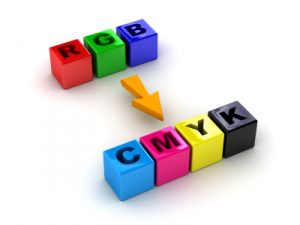 The primary colors enable you to create the whole range of shading and tonalities you are trying to achieve in a picture.
The primary colors enable you to create the whole range of shading and tonalities you are trying to achieve in a picture.
Similarly, the primary colors of story structure enable you to create the specific mood and experience you are trying to instill in your readers or audience.
In color theory there are two principal models: RGB (generally used for self-illuminating displays such as computer screens) and CMYK (generally used for print media).
As with colors, narrative structure can be approached both from a three-base system and a four-base system to achieve different dramatic purposes.
Readers or Audience sees in threes – the subjective experience of three acts or of a beginning a middle and an end. But an author sees in fours – the objective experience of seeing time as an element of the story, rather as the order in which events are presented to us.
At the end of a story, the reader or audience assembles the pieces that were doled out over time as if building jigsaw puzzle, and are finally able to join the author in seeing in all four dimensions – the finished product in which the outcome is visible in one glance that also includes the inception.
To create a story that satisfies both in how it unfolds and also makes sense when seen in its totality, each step must make sense and feel right as a progression, and collectively they must add up to a larger message in which each step is also a cog in the greater machine of the story’s structure.
The Dramatica theory of Narrative and the Dramatica software work to ensure that the primary colors of story, both in threes and fours, are present and working together toward the same purpose – your overall purpose as an author to tell this particular story in this particular manner.


